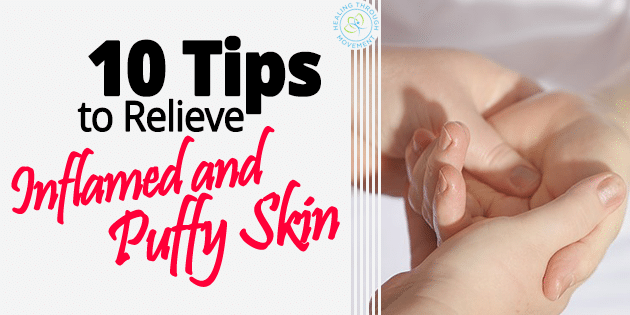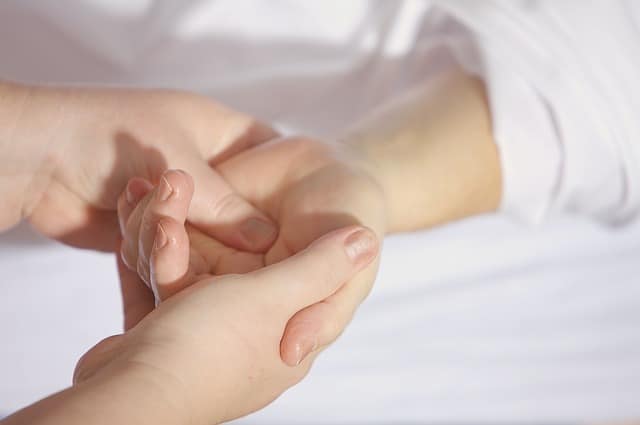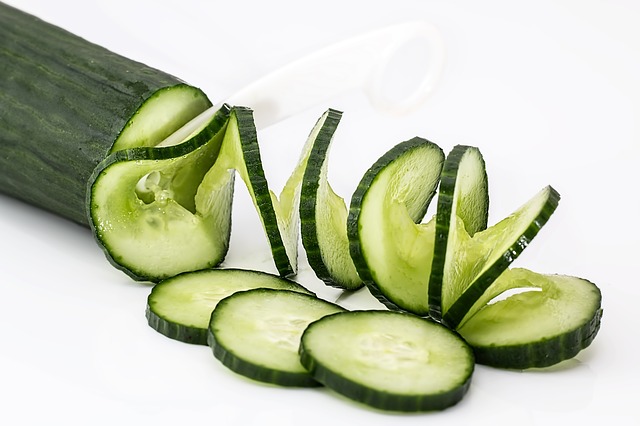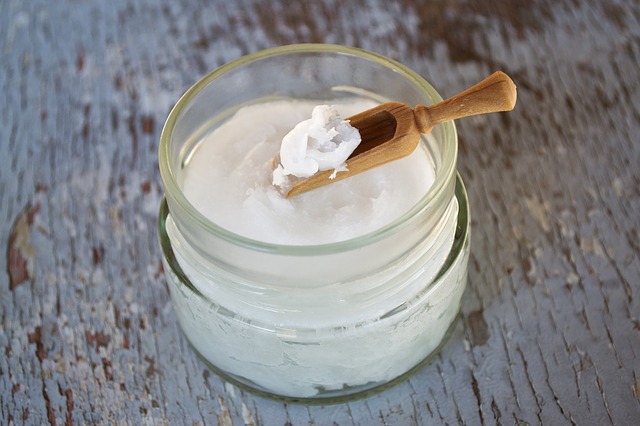Skin inflammation is a common condition that affects a lot of people. It can cause facial redness, swelling, dryness, and even a puffy appearance in some areas. It occurs when the body reacts to irritants or when it tries to fight off infections. Skin inflammation can be triggered by a number of reasons that include sunburn, windburn, allergic reaction to certain products, acne, rosacea, and eczema. Depending on the underlying cause, facial redness can be accompanied by other symptoms such as dryness, itchiness, painful rashes, red patches, and ugly bumps. In conditions such as rosacea, the sufferer may experience increased discomfort whenever he gets overly emotional.
In most cases, skin inflammation tends to clear up on its own. But those that are caused by chronic inflammation including atopic dermatitis and contact dermatitis may require medication such as topical and oral steroids. If you suffer from these ailments, it is best to consult a doctor who can prescribe the appropriate medications.
However, whatever the reason for your skin inflammation, there are a number of simple remedies to help reduce the appearance of facial redness, puffiness, or swelling. Here are some of them:
1. Use cucumber slices or masks.
Cucumber is known to have strong anti-inflammatory and anti-oxidant properties. It also composed of 95% water that is good for hydrating the skin, soothing irritation, and minimizing redness. It has been used as a natural home remedy to reduce puffiness and dark circles below the eyes for hundreds of years.
You can use chilled, thin slices of cucumber. Put these directly on the red areas of your skin. In case of puffiness below the eyes, apply them directly on your eyes. Leave the cucumber slices for about 20 minutes.
You may also make a cucumber mask by grating the cucumber slices or running them through a food processor. Apply the mask on your face and leave it on for about 20 minutes before rinsing off.
2. Apply oatmeal masks.
Another popular home remedy that has been observed to be effective in relieving skin itchiness and redness is an oatmeal mask. Oatmeal is loaded with antioxidants and anti-inflammatory compounds. It also has healthy ingredients that absorb oil which makes it beneficial in the treatment of acne and pimples.
It is best to use pure colloidal oatmeal. Pour a few teaspoons into a bowl and mix with some water to make a paste. Use the paste as a face mask and let it dry on your face for about 10 minutes before rinsing it off. You can repeat this remedy for up to 4 times in a week for better results.
You can also utilize some of your leftover cucumbers and get the benefits of both ingredients from one mask. To make a cucumber-oatmeal mask, combine a cup of oatmeal grains with some chopped cucumber from the fridge. Pour this into a blender. Apply the mask on your face and leave it on for 20 minutes before rinsing your face gently with tap water.
3. Moisturize with coconut oil.
Pure virgin coconut oil is an excellent moisturizer. Is an effective remedy for skin dryness or tightness, wind-chapped skin, and sunburn. It is also helpful in reducing facial redness caused by acne, pimples, and rosacea. Coconut oil also provides the skin with extra protection against sun exposure.
Apply a small dab of oil to the dry or red areas of your skin at bedtime. Allow your skin to absorb the coconut oil’s antioxidant properties to relieve the inflammation.
4. Have a honey facial.
Honey is an effective natural moisturizer. It contains anti-bacterial and anti-inflammatory properties that can combat irritation caused by acne or allergic reactions. It moderates skin redness and burning.
To use, first, rinse the face with warm water. Then, apply a generous amount of on your face. Leave it for about 30 minutes before rinsing off.
5. Apply a topical tea compress.
Some teas such as green tea, chamomile, and peppermint contain polyphenols that are rich in antioxidants. These teas aid in controlling inflammation and minimizing the appearance of flushing and redness. In fact, they are sometimes referred to as “anti-redness” teas because they are known to be valuable in providing relief for red and inflamed skin.
Steep 4 to 5 teabags in a pot of boiling water. Then, have the tea chilled in a refrigerator. Soak a washcloth in the tea, squeeze it out, and apply the compress to your face for a few minutes. You can do this twice a day when you need immediate relief from skin redness.
6. Use aloe vera gel.
Aloe vera is rich in anti-inflammatory and anti-bacterial properties that soothe skin burning and diminish redness. It also contains powerful antioxidants that promote skin healing. You can use the gel from an aloe vera leaf or from a product purchased at the drug store. Apply a small amount on the affected areas of your face. You will notice results in as little as 30 minutes from application.
7. Cleanse your skin with gentle products.
While you need to thoroughly wash your face and keep your skin clean, you want to avoid exacerbating the symptoms such as redness or swelling. Choose your facial cleansers carefully and avoid products that contain harmful ingredients such as paraben, lanolin, eucalyptus oil, and fragrances.
If you have acne or chronic conditions like eczema, your dermatologist may prescribe specialized products that contain medication such as salicylic acid or hydrocortisone. It is best to consult your physician before you use skin care items that can be bought at drug stores or supermarkets.
8. Moisturize and protect your skin.
After cleansing the skin, it is important to moisturize. Ensuring skin moisture is especially necessary if you have flare-ups because of eczema to prevent the skin from breaking out. Aside from natural remedies mentioned above, you can use store-bought products but make sure they don’t have any harsh chemicals or ingredients. As much as possible, choose those that are water-based or oil-based to lock-in moisture.
In addition, make it a habit to protect your skin from damage caused by ultraviolet rays or chronic sun exposure. Before going out for the day, apply a good amount of a gentle sunscreen.
9. Maintain a healthy, balanced diet.
Skin conditions must be treated from within to reduce chronic or systemic inflammation that triggers flare-ups, breakouts, redness, and other symptoms. The best way to manage or prevent your symptoms from recurring is by maintaining an anti-inflammatory diet.
Stay clear of sugar or additives from processed and packaged foods, as sugar has been shown to be one of the major causes of chronic inflammation. Integrate more vegetables, fruits, and lean protein in your diet. You also want to feed your skin with antioxidant-rich foods that contain vitamins A, B, C, and E. You should also include minerals like iron, magnesium, selenium, and zinc. Among the best foods are carrots, tomatoes, apples, oranges, watermelon, berries, kale, spinach, celery. As for fish, you need to choose those that contain healthy fats and omega 3 fatty acids. These include salmon, mackerel, sardines, and tuna.
Aside from added sugars, you have to avoid starchy food like bread, pasta, white rice, and potatoes. If you must consume carbohydrates, opt for those that have high fiber content such as oats and whole grains. Simple or refined carbohydrates have high glycemic index values that promote sudden upsurges in blood sugar which affect insulin levels. Eating large amounts of sugar and carbohydrates encourages chronic inflammation.
10. Avoid food allergens.
People vary in reactions to certain food. Some claim that eating food such as gluten, dairy, soy products, corn, peanuts, and those that contain preservatives and colorants tend to aggravate their symptoms.
To find out if you are allergic to some food items, try to avoid them for about two weeks and observe the results. You can reintroduce them to your diet after that period. If flare-ups occur, then you can bet that such foods are causing your body to react negatively. You want to avoid these food allergens to prevent your symptoms from showing up.
You may also consult an allergologist who can run some tests to determine the food items or substances to which you are allergic.
Skin inflammation and facial redness can be embarrassing, using a variety of expensive products without seeing remarkable results can be very frustrating as well. However, most conditions can be managed with the right treatment approach.
It is best to cure the symptoms from within by observing healthy nutrition and avoiding food allergens. The use of harmful skin products that may have irritants should also be eliminated.
If your skin inflammation persists or is difficult to control, it is best to see the proper health professionals who can guide you towards the appropriate remedy. The sooner you consult a physician, the sooner you can get the right treatment to provide lasting relief from your skin condition.
If you are looking for a complete resource guide to a diet that will help you lose weight fast, while promoting your body’s natural healing process, then check out the Best Foods that Rapidly Slim & Heal in 7 Days program here:





